History and Origins
The modern history of American Kenpo began in the 1940s, when James Mitose (1916–1981) started teaching his ancestral Japanese martial art, Kosho-Ryu Kenpo, in Hawaii. Mitose's art, later called Kenpo Jiu-Jitsu, traditionally traces its origin to Shaolin kung fu and Bodhidharma. Kenpo Jiu-Jitsu emphasized punching, striking, kicking, locking, and throwing. Mitose's art was very linear, refraining from the circular motions common in American Kenpo.
William K. S. Chow studied kenpo under James Mitose, eventually earning a first-degree black belt., and also studied Chinese kung fu from his father. Chow eventually taught an art, which he called Kenpo Karate, that blended the circular movements he had learned from his father with the system he had learned from Mitose. Chow experimented and modified his art, adapting it to meet the needs of American students.
Ed Parker learned Kenpo Karate from Chow, eventually earning a black belt, Al Tracy claims that Chow promoted Parker to sandan (3rd-degree black belt) in December 1961.
Parker initially called his art Kenpo Jujitsu. He started teaching other Hawaiian Islanders attending Brigham Young University in Provo, Utah in 1954. By 1956, he was teaching commercially in Provo. Late in 1956, he opened a studio in Pasadena, California. He published a book about his early system in 1960. This has been characterized as having a very Japanese influence, including the use of linear and circular movements, "focused" techniques and jujutsu-style locks, holds, and throws. When Parker increased the Chinese arts content of his system, he began to refer to his art as "Chinese Kenpo". Based on this influence he wrote Secrets of Chinese Karate, published in 1963, only very shortly after Kenpo Karate.
The system which came to be known as American Kenpo was developed by Parker as his Specific System, and featured Parker's revisions of older methods to work in more modern fighting scenarios. He developed new or heavily restructured American Kenpo's forms and techniques during this period. He moved away from methods that were recognizably descended from other arts (such as forms that were familiar within Hung Gar) and established a more definitive relationship between forms and the self-defense technique curriculum of American Kenpo. Parker also eschewed esoteric Eastern concepts, such as ki, and sought instead to express the art in terms of Western scientific principles and metaphors. During this time Parker also dropped most Asian language elements and altered traditions in favor of American English.
Because Parker continually developed/evolved his art, students learned different curriculum interpretations and arrangements depending on the time period (era) in which they studied with him. Since many instructors had gone their own ways but didn't continue with his continual "updating", consequently Kenpo today has several differing "versions" of technique examples or arrangements.
http://en.wikipedia.org/wiki/American_Kenpo
Akki Kenpo and Mr. Mills
Mr. Mills was a private student of Ed Parker, the founder of American Kenpo, for over ten years. He learned many valuable lessons from Mr. Parker during that time. He gives his instructor credit for teaching him how to be a more analytical and logical thinker. The lessons learned he will never forget. Mr. Mills has passed down many stories and experiences of his time with Mr. Parker so that his instructor's memory lives on.
What Mr. Parker taught Mr. Mills was that innovation is the key to the future of the system. He encouraged Mr. Mills to think outside of the traditional ways of thinking and practicing his system. Mr. Mills is taking the system into the future with his insights, experience, and from what he was taught by his instructor.
Paul Mills is the president and founder of the American Kenpo Karate International (AKKI) association. Mr. MIlls is a 10th Degree Black Belt and was a protégé of Kenpo's Senior GrandMaster Mr. Ed Parker. In fact, Mr. Parker credited Mills with being one of his top black belts. AKKI KENPO includes offensive techniques, single knife, double knife, single stick, double stick, ground curriculum and more all based on the principles, concepts and theories of KENPO.
http://www.akki.com/


